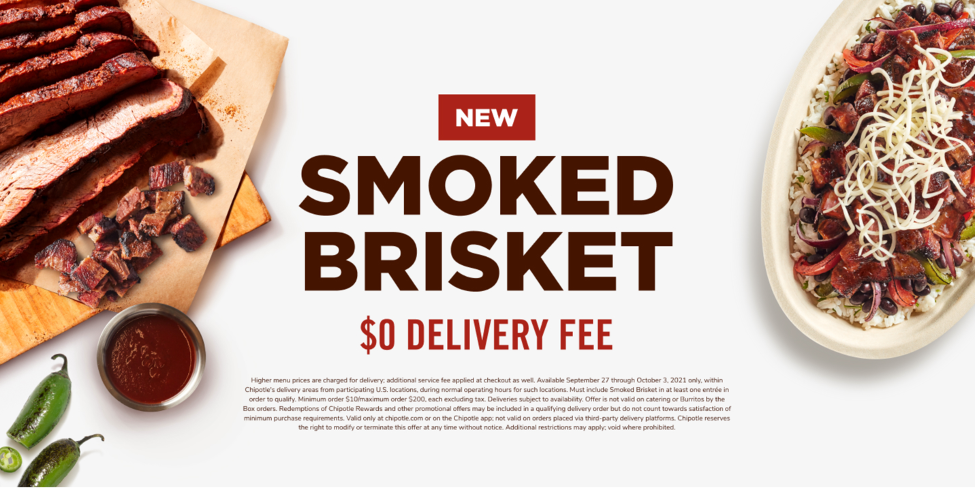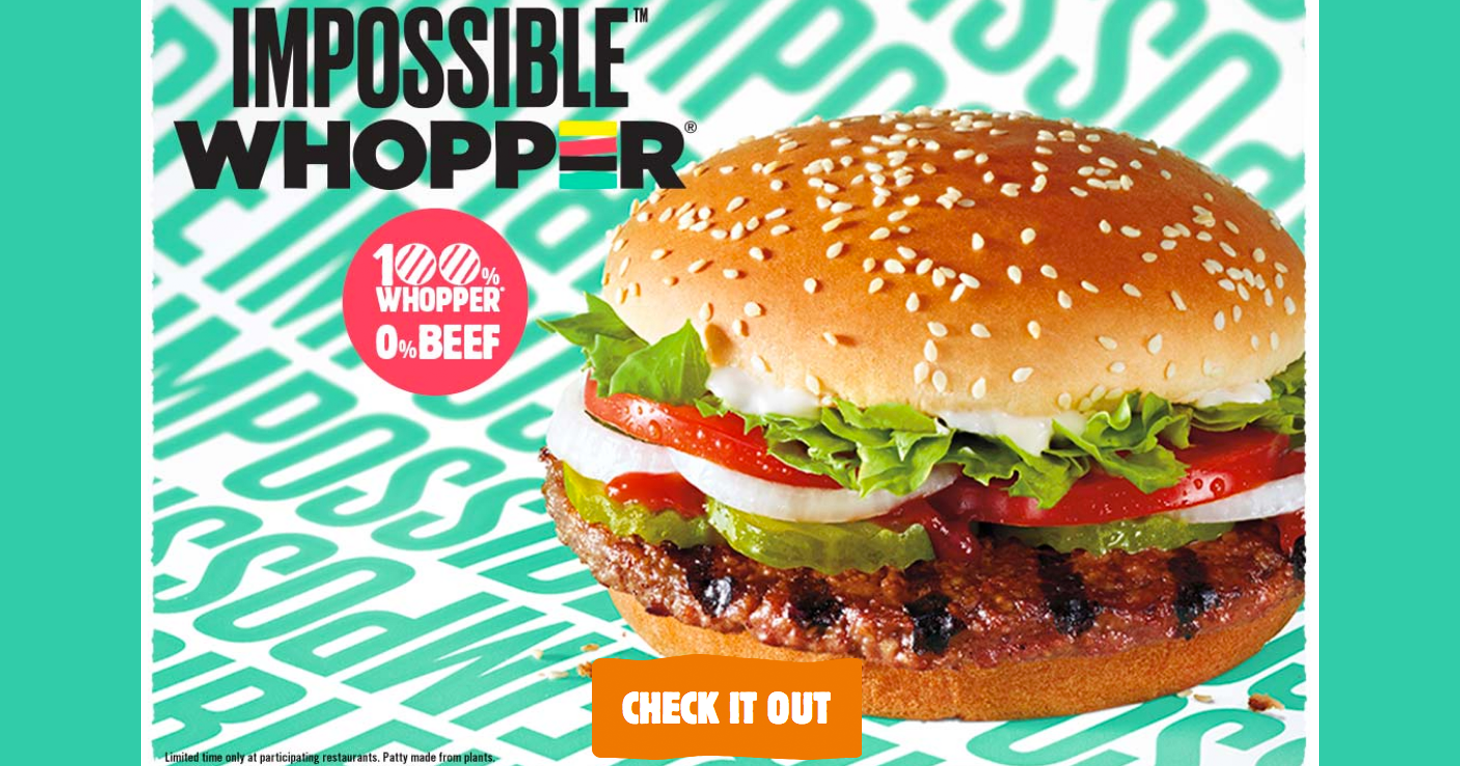
Crowd Cow’s ‘$100 of Free Meat’
As a TINA.org reader put it, it’s only “free” if you first spend money.
Don’t talk to us before our 240 cups of coffee. Luckily for us, that’s what we can get from one 30.5-ounce container of Folgers Classic Roast ground coffee, according to the front label.
But here’s the thing, we measured it out by hand — following the instructions on the back, one tablespoon per one six-ounce serving at a time — and found that the container only contains enough coffee to make around 175 six-ounce servings. Which is to say, we measured out an average of only 175 tablespoons of ground coffee, 65 tablespoons short of the amount of coffee needed to brew 240 cups.
What gives?
We shared our findings with Folgers and received this response:
We calculate our suggested cups per container based on the net weight and density of the ground coffee.
The blend of beans and the degree of roasting both affect the weight of the ground coffee, and the density between blends can vary. While we usually suggest using 1-2 tbsp of ground coffee for every 6 fl oz. of water during preparation, this can be adjusted to the consumer’s personal preference, and can have an impact on the amount of cups a canister will yield.
With these factors in mind, we’ve found that typically, a 30.5oz container should yield about 215-240 cups per canister.
Did you catch the part about using one to two tablespoons of ground coffee for every six-ounce serving? That changes the equation entirely, not to mention the instructions clearly recommend using one tablespoon for “best brewing results.”
We should also mention that a six-ounce serving is smaller than both a “tall” at Starbucks, which is 12 ounces, and a small at Dunkin’ Donuts, which is 10 ounces. So who’s drinking these six-ounce servings anyway?
Find more of our coverage on coffee here.
Editor’s Note: An earlier version of this ad alert included ounce calculations, in addition to tablespoon calculations, which, as a TINA.org reader pointed out, can be both a weight and volume measurement.
Our Ad Alerts are not just about false and deceptive marketing issues, but may also be about ads that, although not necessarily deceptive, should be viewed with caution. Ad Alerts can also be about single issues and may not include a comprehensive list of all marketing issues relating to the brand discussed.
As a TINA.org reader put it, it’s only “free” if you first spend money.
A “$0 Delivery Fee” doesn’t equal “free delivery.”
The blurred lines of Burger King’s grill lines.

